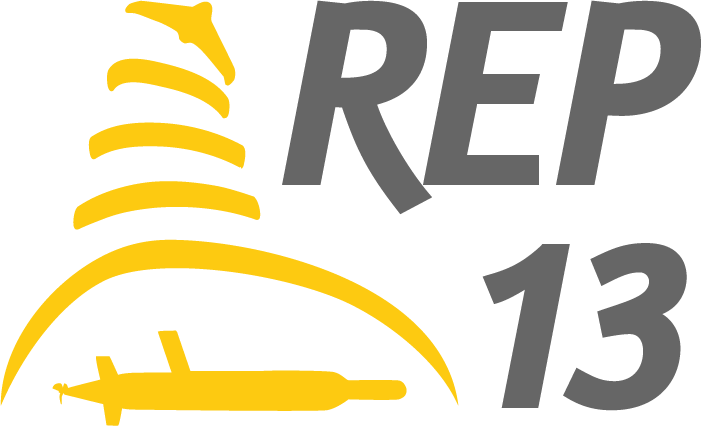Today, the UAV team achieved a significant milestone with continued smooth launch and recovery operations of the X8. X8-00 the first of the two vehicles flown on Monday was diagnosed with some electronic connector problems after X8-01 was flown successfully and repeatedly with the identical hardware and software. We are now stripping the circuit boards of the 00 to meticulously identify the problem. Meanwhile after repeat flights of the 01, the UAV and Planning teams accomplished a significant milestone with the use of MBARI's T-REX automated planning and execution framework controlling the vehicle. T-REX repeatedly commanded the vehicle with multiple serial goals using varying survey patterns many of which involved flying over the Bacamarte at about 100 meters in expanding spiral patterns. This is the first use of T-REX to command an aerial vehicle.
As a side product of the teams presence on the Bacamarte and Navy sponsorship, we were asked to work with the local Maritime Police who wanted to understand the applicability of AUVs for looking and surveying for suspicious packages on the ocean bottom. The Police deployed a number of decoys within a 70 x 80 meters and 20 meters depth volume; our AUVs were tasked with using the Sidecan and Multibeam sonars to troll for these packages. The first survey at 4 meters depth conducted by the Noptilus 1 vehicle, allowed the collection of information about the morphology of the area. Close to the end of this survey, a cable from one of the acoustic modem transducers broke, and the connection with the vehicle was lost. This activated the security measures and the vehicle stayed submerged until communications were restablished again. After the area recognition, the vehicle dove to 5 meters from the bottom, where it started the second survey. After the results were interpreted by the operator, the Xtreme 2 vehicle replaced Noptilus 1 and collected photographs of specific targets identified during the second survey. This demonstrated to the local authorities, the scalability and flexibility of the AUVs with rapid deployment and recovery.
A final high point of the day was the deployment of the Wavy autonomous drifter. This work is a prototype in development in collaboration with the Instituto Hidrográfico, Lisbon; a buoy was attached to it so it could easily be spotted and retrieved. The Wavy was deployed during the afternoon and retrieved by the end of the day. Further tests are planned to spot the drifter from a UAV and to have them entrained in fronts.































